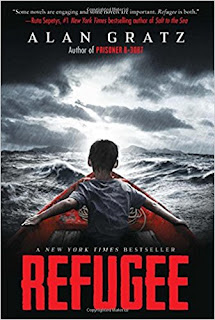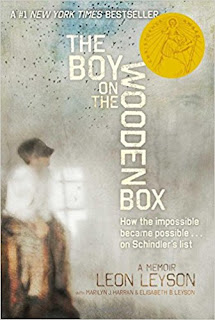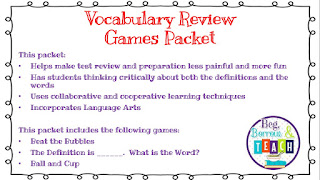In the first two posts in this series, I talked about titles for Social Studies and Science Read-Alouds. Be sure to check those posts out for suggested titles.
Accountability activities for books being told from multiple viewpoints:
- Have students keep a t-chart in their notebooks comparing the two (or more) narrator's stories.
- Talk or write about how it would change the story if a certain character had made a different decision earlier in the story.
- Have students complete a Venn Diagram to compare and contrast the characters
- Have students complete journal entries based off an event in the book or a significant quote from the chapters you read that day
- Have students make a timeline of the major events in the story
- Have students interview experts on the time period/subject of the book
- Have students create their own test or essay questions about the text. This allows them to simultaneously think about the story and prepare for the test on it
General Accountability Activities:
- Have students make a list of questions they have about a character or part of the book. Have a class discussion to come up with possible answers.
- Search for movie trailers or book teasers based on the book
- Have students make their own movie trailers or book teasers
- Have students recommend other books to the class that have similar plots/characters
- Use Sticky Notes to track reading comprehension
What accountability activities do you use? Which of the activities will you be using from my list? I'd love to hear from you!































